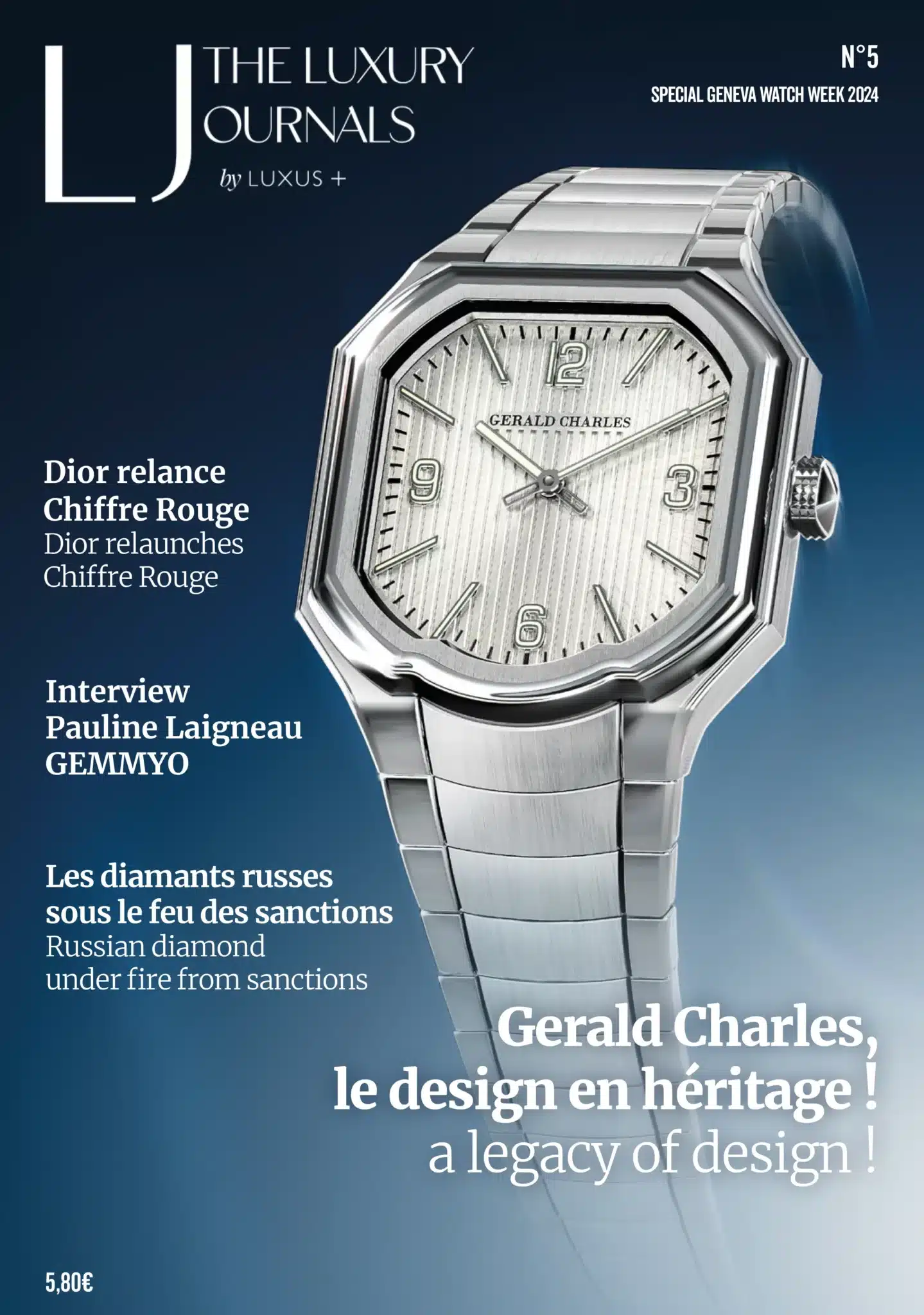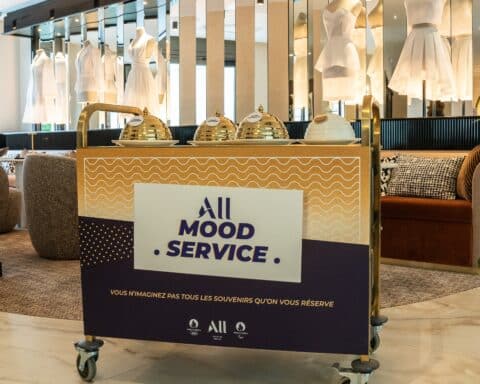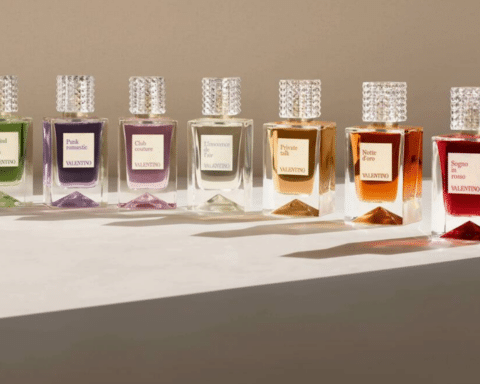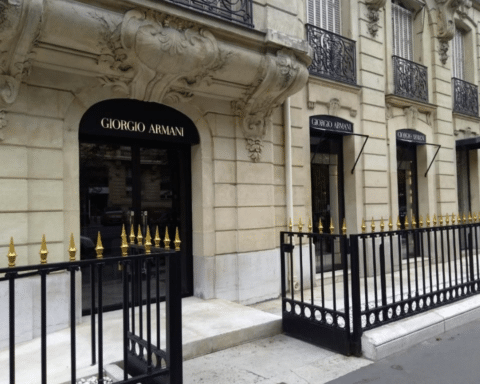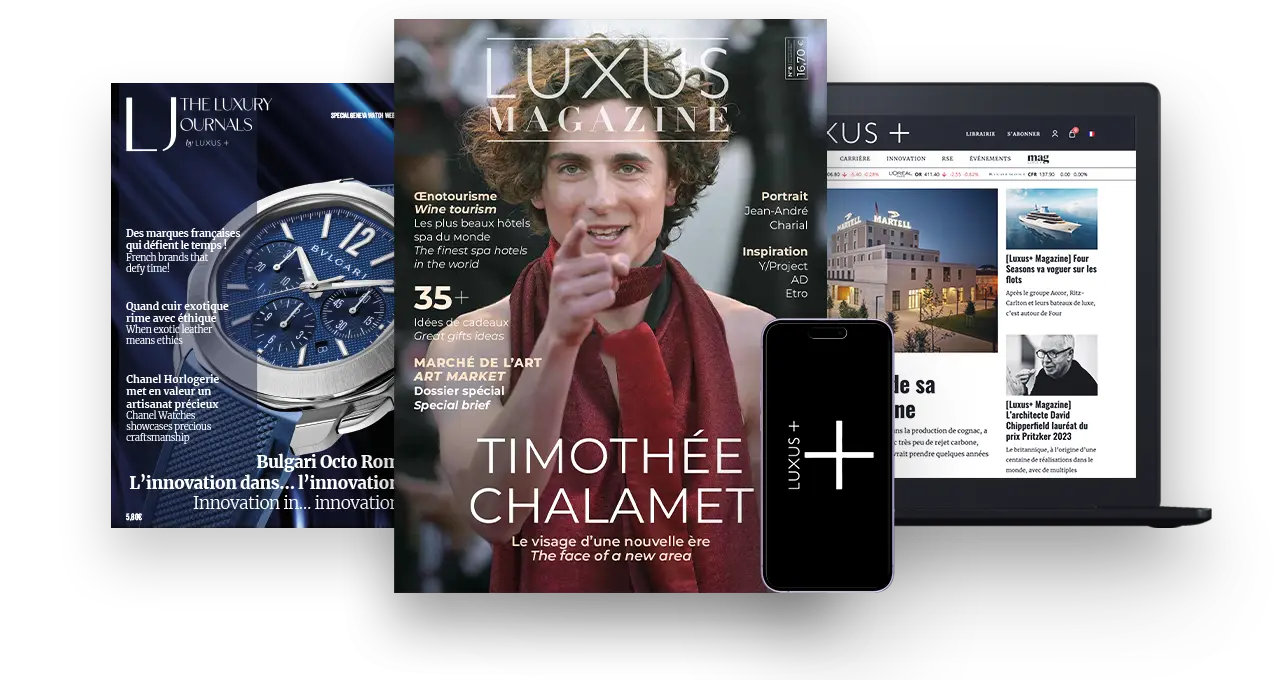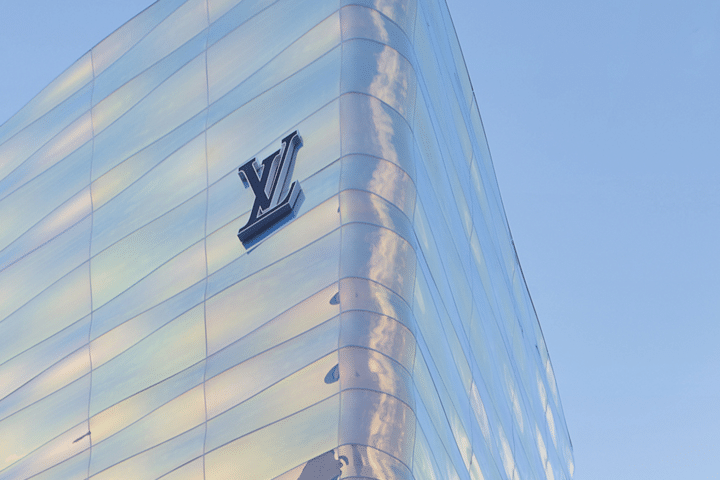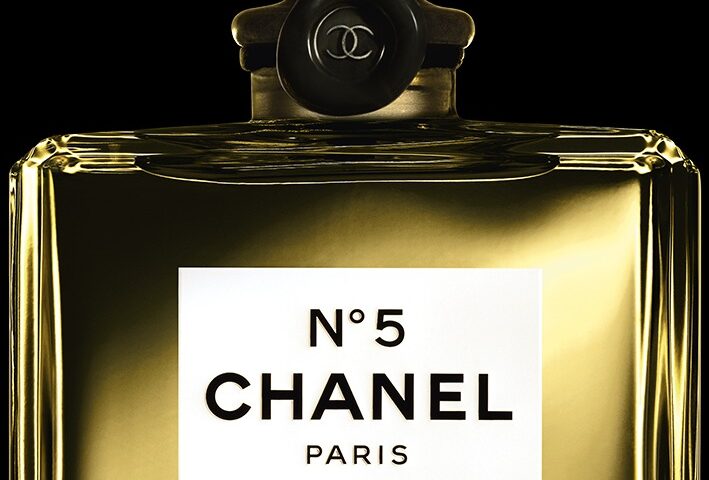After several buoyant years, the luxury goods sector experienced an unexpected slowdown in the third quarter. The United States is showing signs of a slowdown that could influence other regions, while China is adjusting to less explosive growth. Against this backdrop, normalization seems to be on the horizon.
The luxury goods sector came back down to earth in the third quarter, and the landing was harder for some than for others.
Indeed, after several years of growth, sales of the sector’s three French giants are feeling the pinch. LVMH, the world leader, reported modest results, with a slight year-on-year increase in sales of just 1%, to 19.96 billion euros. This modest gain is attributed to a return to more moderate customer consumption levels, a result below market expectations. This led to a 7% fall in the share’s value on the stock market the very next day, marking a significant decline for the leading Paris-listed company.
This performance contrasts with that of Hermès, specializing in leather goods and saddlery, which announced a 7% increase in sales, exceeding 3 billion euros, despite a slowdown in Asia.
As for Kering, it seems to have been hardest hit in the third quarter, with a 13% year-on-year drop in sales to 4.464 billion euros, mainly due to a 14% drop in sales of its flagship brand, Gucci.
“Against the backdrop of an industry slowdown and with the group in the midst of a strategic reorganization, Kering’s weak third-quarter performance comes as no surprise,” relativizes UBS in a note.
The United States, the sector’s health index
Although the slowdown in sales in China is often cited by observers to explain this recent slump in the luxury goods market, it is essential to note that it is mainly in the United States, the world’s largest luxury goods market, that demand is running out of steam. According to Bank of America, the United States is becoming a leading indicator of a slowdown that could spread to other regions. This trend is already evident in Europe and, according to the Bank’s forecasts, will reach its lowest point in the third quarter of 2024.
“It’s really in this market, more than in China, that we’re seeing a massive deceleration,” points out Joëlle de Montgolfier, a member of Bain & Company Paris’s Global Consumer, Retail and Luxury Research practice.
Americans are feeling the full impact of the current macroeconomic context. The Yves Saint-Laurent brand, owned by Kering, saw its sales plunge by over 10%, largely due to its high exposure to the Uncle Sam market. LVMH, for its part, also felt the effects of this situation. In the first nine months, the United States recorded the lowest growth in group sales (+3%), compared with Japan (31%), Asia (19%) and Europe (16%). The cognac and spirits sector, which saw a 14% drop in sales, was particularly hard hit by weak demand in the United States, as the luxury group pointed out.
The consequences of the Chinese slowdown
But Asia is also showing signs of contraction. In China, the Gucci brand reported a 14% drop in sales, and even Hermès, although performing well, recorded a slight reduction of 0.1% in the quarter.
Read also>LUXURY: BRAKES ON THE HORIZON IN 2024
Featured photo : ©Getty Images


